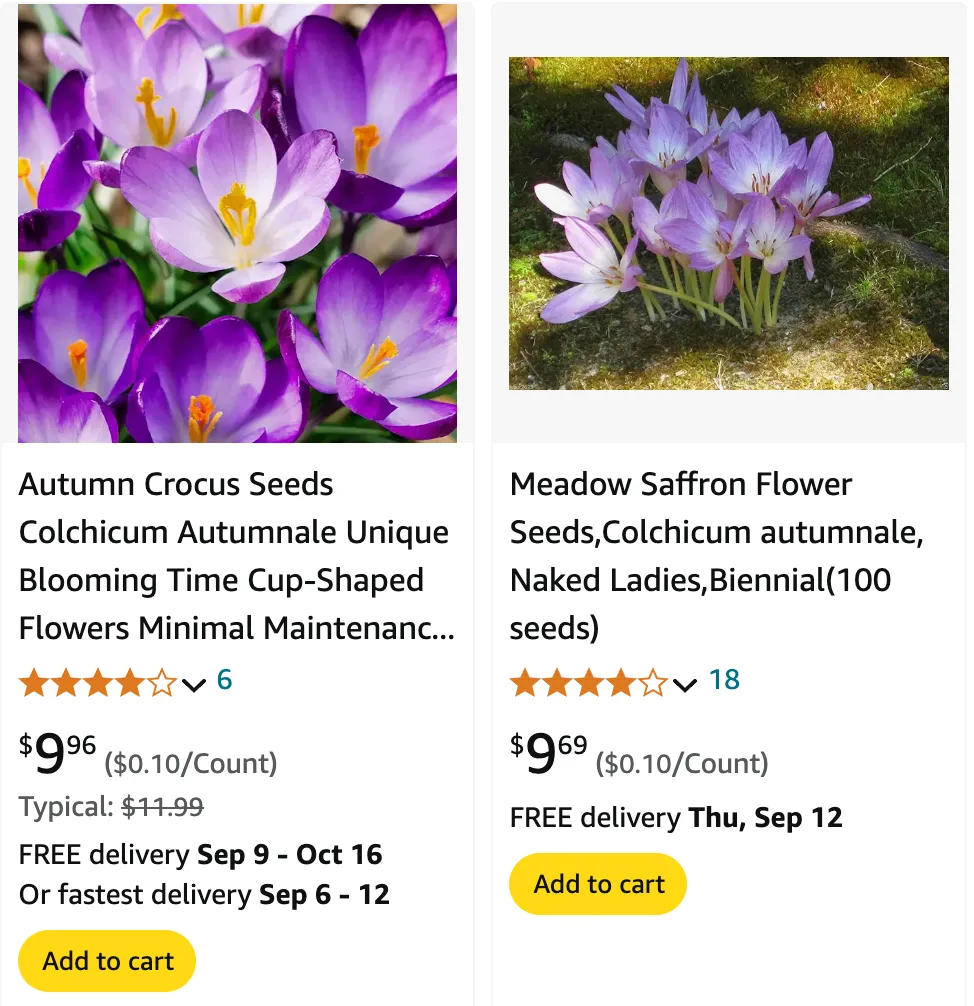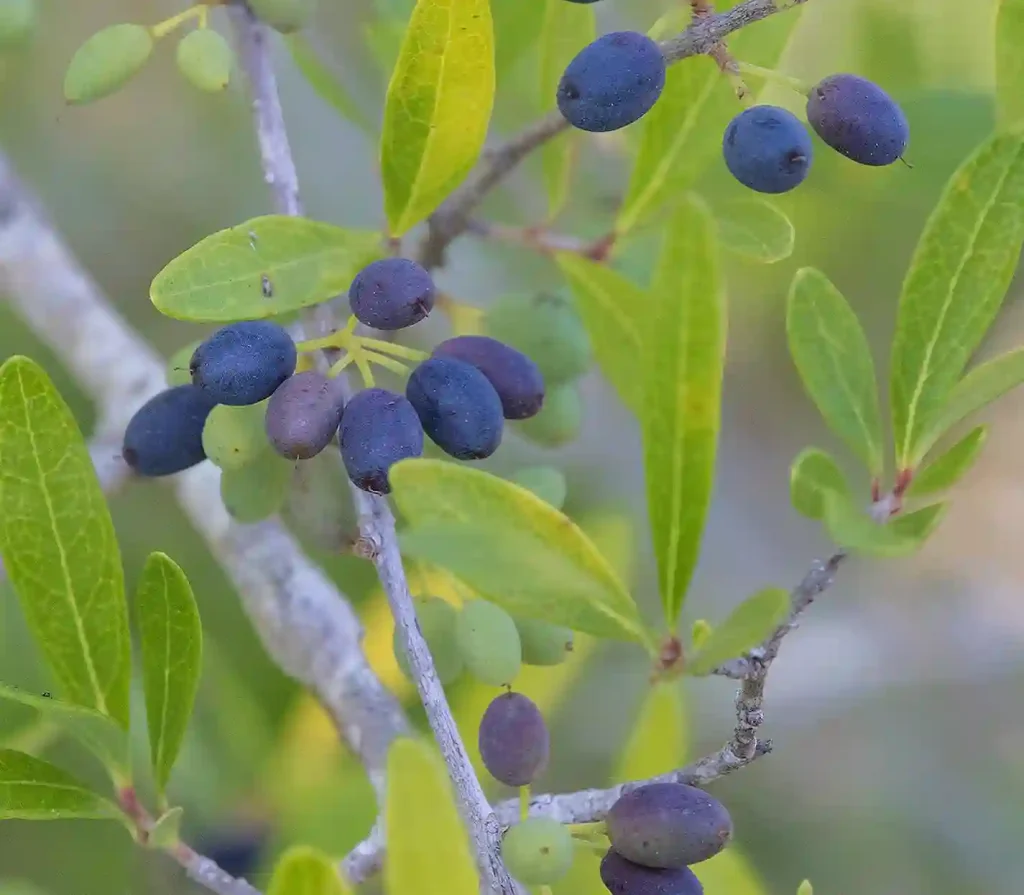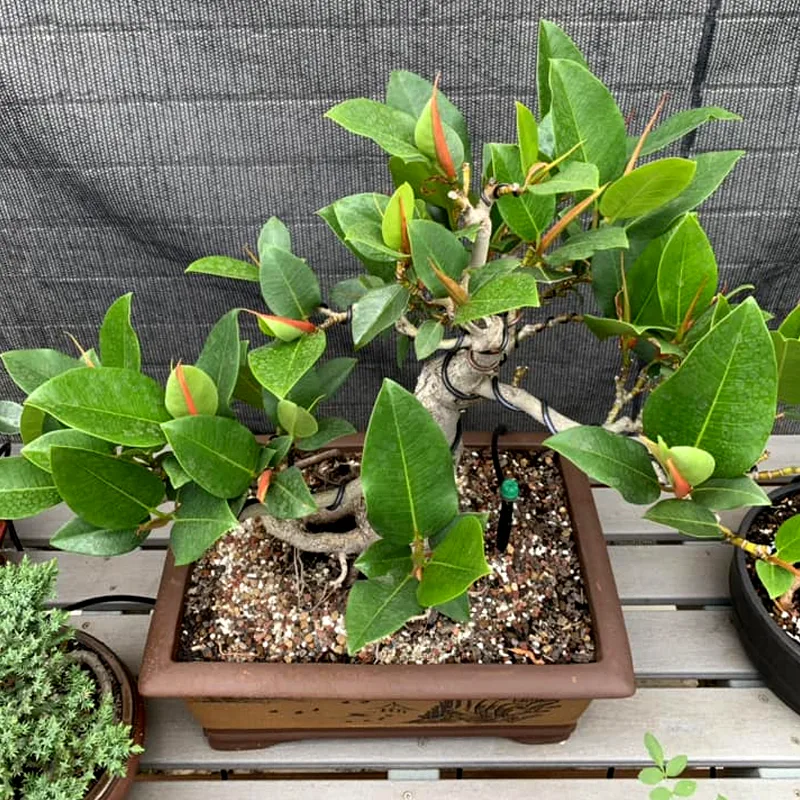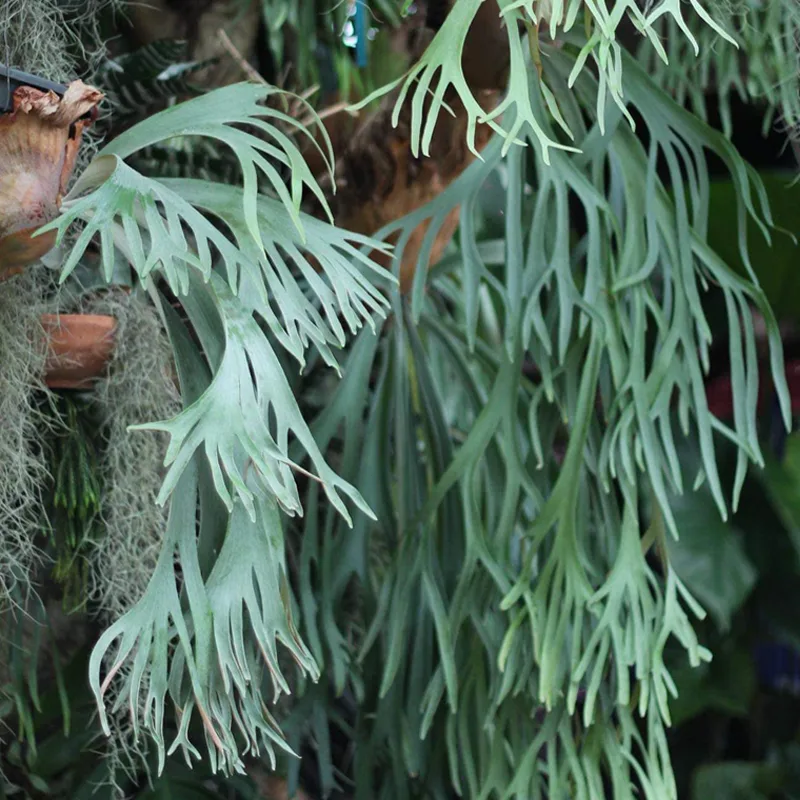
What Is Colchicum Autumnale?
Colchicum Autumnale, commonly known as autumn crocus or meadow saffron, is a fascinating plant that thrives in the cool months of fall. It’s often mistaken for a true crocus because of its similar flower shape, but it’s quite different in many respects. This perennial bulbous plant is native to Europe and Asia and is celebrated for its striking, bowl-shaped flowers that appear in late summer to autumn. The blooms are typically purple, pink, or white, and they emerge before the foliage, creating a stunning visual effect.
163 Species in Genus Colchicum
What Is Colchicum Autumnale Used For?
Colchicum Autumnale has a range of uses, particularly in the medical field. The plant contains a potent alkaloid called colchicine, which has been used for centuries to treat gout, a condition characterized by painful joint inflammation. Colchicine works by reducing the inflammatory response and is still prescribed today for managing acute gout attacks. It’s also used in treating familial Mediterranean fever and has some applications in cancer treatment, particularly in combating certain types of tumors.
How to Make Colchicine from Colchicum Autumnale
If you’re interested in extracting colchicine from Colchicum Autumnale, it’s essential to proceed with caution due to the plant’s toxicity. The process involves several steps and should ideally be done in a controlled, laboratory setting:
- Harvesting: Collect the bulbs of the Colchicum Autumnale, as they contain the highest concentration of colchicine.
- Drying and Grinding: Dry the bulbs thoroughly and grind them into a fine powder.
- Extraction: Use a solvent like methanol or ethanol to extract the colchicine from the powdered bulbs. This usually involves soaking the powder in the solvent and then filtering out the solid residue.
- Purification: The crude extract is then purified using techniques like chromatography to isolate colchicine.
- Crystallization: Finally, colchicine is crystallized from the purified extract.
It’s worth noting that working with colchicine requires specialized knowledge and equipment due to its high toxicity and potential health risks.
When to Plant Colchicum Autumnale
The best time to plant Colchicum Autumnale bulbs is in late summer or early fall. Planting them at this time allows the bulbs to establish roots before winter sets in. Here’s how to do it:
- Choose a Location: Select a well-drained, sunny to partially shaded spot in your garden.
- Prepare the Soil: Loosen the soil and amend it with compost to ensure good drainage.
- Planting Depth: Plant the bulbs about 4-6 inches deep.
- Spacing: Space the bulbs 6-8 inches apart to allow for their spread.
- Watering: Water the bulbs well after planting, but avoid waterlogging.
How to Care for Colchicum Autumnale
Caring for Colchicum Autumnale is relatively straightforward:
- Watering: Water the plant during its growing season in the fall but reduce watering after flowering as the plant goes dormant.
- Fertilizing: Apply a balanced fertilizer in early spring to support growth.
- Mulching: Apply mulch to protect the bulbs during winter.
- Pest Control: Watch for pests like slugs and snails, which may be attracted to the foliage.
Can You Grow Colchicum Autumnale Indoors?
Colchicum Autumnale is primarily grown outdoors, but it can be grown indoors with the right conditions. To grow it indoors:
- Choose a Container: Use a well-draining pot with a rich potting mix.
- Provide Light: Place the pot in a sunny location or under grow lights.
- Temperature: Maintain a cool temperature similar to its natural fall environment.
- Watering: Water sparingly to avoid rot.
Is Colchicum Autumnale Toxic?
Yes, Colchicum Autumnale is highly toxic. All parts of the plant, including the bulbs and flowers, contain colchicine, which can be poisonous if ingested. It can cause severe gastrointestinal symptoms, kidney damage, and even death in high doses. Handle the plant with care and keep it out of reach of children and pets. If ingestion occurs, seek medical attention immediately.
Colchicum Autumnale vs Crocus Sativus
Colchicum Autumnale is often confused with Crocus Sativus, commonly known as saffron crocus. Here’s a comparison:
- Appearance: Both plants have similar flower shapes, but Colchicum Autumnale blooms in the fall, while Crocus Sativus flowers in the autumn as well but is grown mainly for its saffron threads.
- Uses: Colchicum Autumnale is used medicinally for its colchicine content, whereas Crocus Sativus is cultivated for its spice, saffron, which is derived from its stigmas.
- Toxicity: Colchicum Autumnale is toxic, while Crocus Sativus is not, though it’s essential to note that the stigma (saffron) of Crocus Sativus is edible and used in cooking.
What to Plant With Colchicum Autumnale
Pair Colchicum Autumnale with other fall-blooming plants or early spring perennials to create a beautiful garden display. Some good companions include:
- Autumn-Flowering Asters: Their bright colors complement the blooms of Colchicum Autumnale.
- Cyclamen: These provide a contrast with their different flower shapes and colors.
- Sedums: Their robust foliage and late-blooming flowers work well with autumn crocus.
By understanding these aspects of Colchicum Autumnale, you can appreciate its beauty, manage it responsibly, and even utilize it for its medicinal properties, all while avoiding common pitfalls.
If i die, water my plants!



